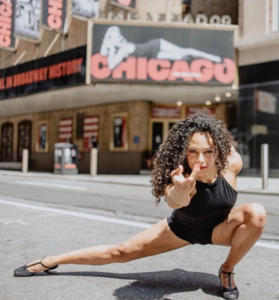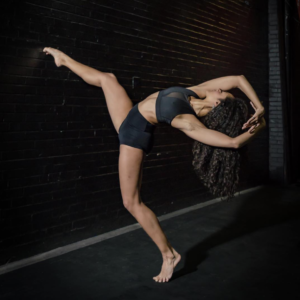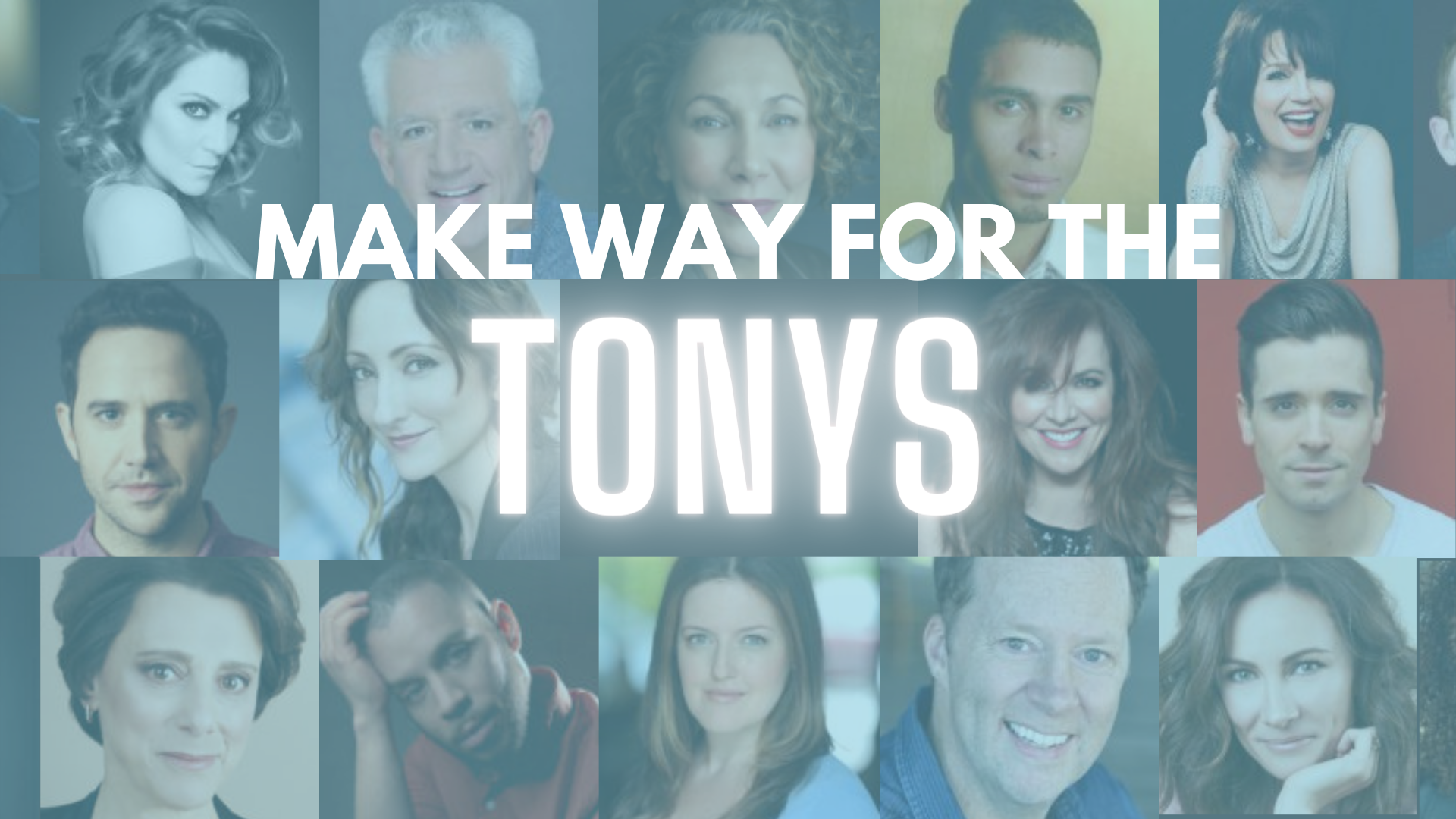Written by Arian Keddell
“For ten years, my early training was primarily in a private ballet school in Upstate NY, and for ten years, I was the only mixed person in the school. I always just assumed there wasn’t a lot of interest in ballet. It was a small town and ballet can be boring, demanding, unrelentless, unforgiving and absolutely wonderful to people like me captivated by its’ beauty. It wasn’t until Dance Theatre of Harlem came to my local theater as a pre-teen that I knew brown ballerinas were real. They existed in real life. They were not just in videos or books, not just the stickers on my walls or my ballet Barbie. They were living, breathing, fierce and wow, they looked like me. That’s part of the magic of live theater though, that moment you come face to face with representation and are witnessing in real time that you aren’t alone. There were two black girls in my ballet school as well, not at the same time, but it’s different. When you are all in the same boat, it is unclear what the destination looks like. All you know is that you are rowing together toward a dream you didn’t frequently see yourself represented in. A few years later, when Chicago toured through my home town, I was given yet another glimpse at the possibilities. A cast of different skin tones, body types but all dressed in black. Variety amongst the individuals, and unity in the performance. After seeing the show, I started to spend my summers involved in local musical theater programs. They lacked diversity as well, but Chicago furthered what I now knew to be true. There was definitely a world out there that was more diverse than the one I was in, and I wanted to be a part of it.

During my senior year of college, I specifically sought out diverse companies to begin my professional career. I was truly under the impression that the only way I would be understood in the studio was by people who shared my experience, who shared my confusion and at times, my loneliness. The first time I put on a pair of flesh-colored tights and shoes as “dress code”, I felt strange; almost as if I were betraying the art form. I was transported back to the days when my mother and I would soak tights in tea or put make up on shoes to match my skin color. Now here I was with tights that matched me and ballet slippers (all these years later we are still sorting out pointe shoes), and I thought I would feel different. I thought I would feel this sense of coming home to myself and being seen. I felt none of that, not at first. I can now understand that I had been so conditioned, like we all had, to “the way things were.” Even as I write this it’s hard to say because I spent so many years trying to pretend it was easy and that it was a breath of fresh air. It wasn’t. It forced me to look at things about my upbringing in dance and the lack of exposure to diversity that were hard to swallow.

Growing up in a mixed household, diversity was my everyday life. The youngest daughter of a black woman and white man, I had the lightest complexion aside from my father within my household. Raised alongside family from my mother’s side, there were endless conversations and education about navigating our way through a world that wasn’t always accepting of “what” we were. My parents wanted to make sure they prepared us for that world the best they could. As all parents know, however, we would face experiences they couldn’t protect us from. Situations, circumstances, people that we would have to experience, learn and grow from. As it turned out, my artistic world mirrored my social world, especially in ballet. The figures, images, and ballets that were mostly shared with me were what ballet had always been, white. Almost any and all education I had regarding ballerinas and dancers of color I sought out myself. I somehow had become a 22-year-old ballerina who aside from a master class here or there, had never had a BIPOC ballet teacher, much less a mentor I could rely on to discuss how I felt. To be clear my training was never negatively impacted in any way by this fact, but at times, I feel like my sense of belonging was. Excitedly, I was now in a place where I could begin to explore for myself what role I would play in diversity and inclusion in the arts.
When I left the business for a time to heal from an injury after making the transition from ballet to musical theatre, I turned completely to teaching. I still needed an artistic outlet, and I was burned out as a performer, not as someone who loves dance and theater. Also, I was already teaching as a side gig while I was living in Atlanta, GA, so it made sense. I ended up working for a time with a small musical theater school in Upstate NY. That’s when I understood, teaching has always kind of been my thing. I hadn’t shied away from discussions around representation, diversity and inclusion. I helped create and became president of a cultural diversity club during my collegiate years and throughout my childhood actively participated in any and all events that celebrated BIPOC. By teaching however, the pieces started to connect in that almost cinematic way where the road suddenly is revealed after the storm clouds have rolled through and the sun shines in just the right place. My life had led me to the moment I could take my experiences as a person, an artist and as someone who deeply believes we all deserve to feel seen and roll them into one. As a teacher, I was committed to sharing people, places, things, history, anything I could with my students. I wanted to talk with them about what they were witnessing and where they believed they could feel impactful as well. I wasn’t just concerned about training the next generation of artists to perform. I hoped I was also inspiring them to be open minded, well rounded thinkers who believed in inclusion on a broader scale. I was committed to color blind casting and accurate casting when it came to the shows that I choreographed and helped choose to be performed. I was committed to doing the work it takes to create opportunity and fitting representation for those young people as well.

When I returned to the stage years later, I believe I returned as a more complete person, not necessarily a better performer. Through the education I hope I provided, I gave, but I also received. I received validation that if you are willing to do the work, others will join you. The arts are the perfect example of what can be accomplished as a community working together toward a common goal. I answered so many of my own questions and nurtured places in myself that I didn’t know were crying out to be seen. Chicago has turned out to not only to be my dream show because of its brilliance and content, it also represents my hope for the arts (and the world), inclusion. There is nothing that really specifies ethnicity and thus leaves the door open for performers to show up as they are. Each night we have the divine pleasure of telling a fantastic story, singing great music and dancing phenomenal choreography. Now, when I walk out on the stage no matter where I am, I am at home. I have found the place I belong proudly sharing who I am. In the wake of the civil unrest that has become glaringly obvious nationally and globally, I feel even more thankful my journey has taken me where it has. I know that thru the arts and as artists we will continue to do what we do best, get creative, get loud, bring awareness, and exposure to how our society can collectively enact change. Our stories are important, our experiences are valid and our presence matters. I look forward to the day when restrictions are lifted, and I can return to the stage with my incredible cast to continue to represent what I am about. Until then, I will continue my work of educating, hopefully inspiring and reaffirming that thru inclusion, there is a place for us all.“
Arian is available for dance lessons, audition arching, meet-and-greets, and more at BroadwayPlus.com/ArianKeddell



